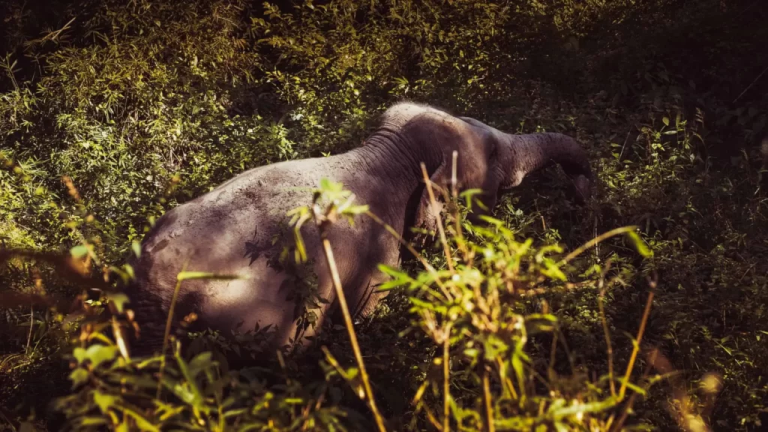In a world where human interactions with wildlife are becoming increasingly fraught with ethical issues, the concept of compassionate encounters shines as a beacon of hope. By prioritizing the well-being and conservation of animals above all else, ethical wildlife tourism practices offer a path towards a more sustainable and harmonious relationship between humans and the natural world. In this article, we will explore the principles and benefits of compassionate encounters, and delve into the transformative power they hold for both wildlife and the humans who seek to connect with them. Join us on a journey of discovery as we navigate the intricate landscape of ethical wildlife tourism and uncover the beauty of compassionate encounters.

Respectful Interaction with Wildlife
When engaging in wildlife tourism, it is essential to prioritize the well-being and respect of the animals. By promoting compassionate encounters with wildlife, visitors can create positive and meaningful interactions that prioritize the dignity and welfare of the animals. This involves observing animals in their natural habitats without causing distress or harm, respecting their space and boundaries, and refraining from any activities that could be detrimental to their health or behavior.
Conservation and Education Initiatives
Supporting conservation and education initiatives in wildlife tourism is crucial for the long-term protection and preservation of biodiversity. By actively participating in conservation efforts and promoting educational programs, visitors can contribute to the sustainability of wildlife habitats and species. These initiatives aim to raise awareness about the importance of wildlife conservation, promote ethical practices in tourism operations, and empower local communities to take action in protecting their natural resources.
Best Practices for Ethical Wildlife Tourism Operations
Implementing best practices for ethical wildlife tourism operations is essential for promoting responsible and sustainable tourism practices. This involves adhering to guidelines and regulations that prioritize the welfare and protection of wildlife, ensuring that tourism activities do not harm the animals or their habitats, and promoting transparency and accountability in all aspects of wildlife tourism operations. By following these best practices, tour operators can create enriching and authentic experiences for visitors while safeguarding the well-being of wildlife.
Wrapping Up
In conclusion, compassionate encounters with wildlife can truly make a meaningful impact on both the animals and the humans who have the privilege of experiencing them. By adhering to ethical wildlife tourism practices, we can ensure that these encounters are not only sustainable, but also enriching and respectful for all involved. Let us continue to foster a deep sense of connection and compassion towards our fellow creatures, as we strive to create a harmonious coexistence with the natural world. So go forth, with a heart full of empathy and a mind full of respect, and embark on your journey towards compassionate encounters with wildlife.


